On November 21, 1927, in the midst of the 1927–1928 Colorado Coal Strike, police indiscriminately opened fire on hundreds of coal miners and their families who were picketing the Columbine Mine. Six coal miners were killed and many more were wounded during the massacre.

Photograph by Doug Geiling. Source: Boulder Beat
Describing the labor of coal mining, the Colorado Encyclepedia writes,
Working in coal mines was dirty and dangerous. Even in the 1920s, after decades of labor activism had resulted in some gains for workers, coal miners still worked up to twelve hours a day, six days a week. They inhaled coal dust all day long, which led to the devastating respiratory disease known as black lung. Mine shafts could collapse or flood. Rock slides and fires were also common. Flammable methane gas released from coal beds often built up in the mines, and each morning an inspector had to check the air quality before work could begin. If this was not done properly, explosions could occur, such as when the Jokerville Mine exploded near Crested Butte in 1884 or when the Vulcan Mine in Garfield County blew up three times between 1896 and 1918.
By the 1920s, the Industrial Workers of the World (IWW), a more militant labor union, had gained traction among workers who found solidarity in their shared struggles for better working conditions. In August 1927, the Wobblies, as IWW members were known, urged workers around the country to go on strike in solidarity with Italian anarchists Nicola Sacco and Bartolomeo Vanzetti, both imprisoned in Massachusetts and fighting for their lives. By October of that year, the IWW led over 8,000 Colorado coal workers in an unauthorized strike.
With the assistance of 150 strikebreakers — commonly known as scabs — the Columbine Mine was one of the only mines that remained open during the 1927–1928 Colorado Coal Strike. It was just weeks later, as coal workers and their families protested the presence of strikebreakers and the refusal of the mine owners to meet the workers’ demands, that the workers were killed in what is now known as the Columbine Mine Massacre.

Mourners gather at a graveyard for the funeral of workers killed during the Columbine Mine Massacre. Source: Public domain
The Colorado Encyclepedia concludes,
Today, a sign at a rest area east of Lafayette off State Highway 7 pays tribute to the events of November 21, 1927. In 1989 local historical societies and labor organizations dedicated a memorial to the massacre victims at the Lafayette Cemetery. Left out of most Colorado history books, the Columbine Mine Massacre nonetheless remains one of the most tragic events in the state’s long and brutal struggle between workers and their corporate exploiters.
Additional Resources
Remembering Ludlow but Forgetting the Columbine: The 1927–1928 Colorado Coal Strike by Leigh Campbell-Hale (University Press of Colorado)
Out of the Coal Dust: A History of Lafayette by Doug Geiling (Boulder Beat)
The 1927 Columbine Mine Massacre: Trouble in Serene by Perry Eberhart (Lafayette History)

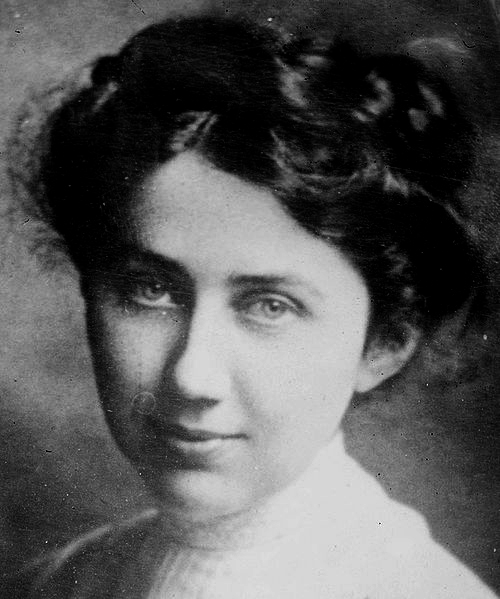
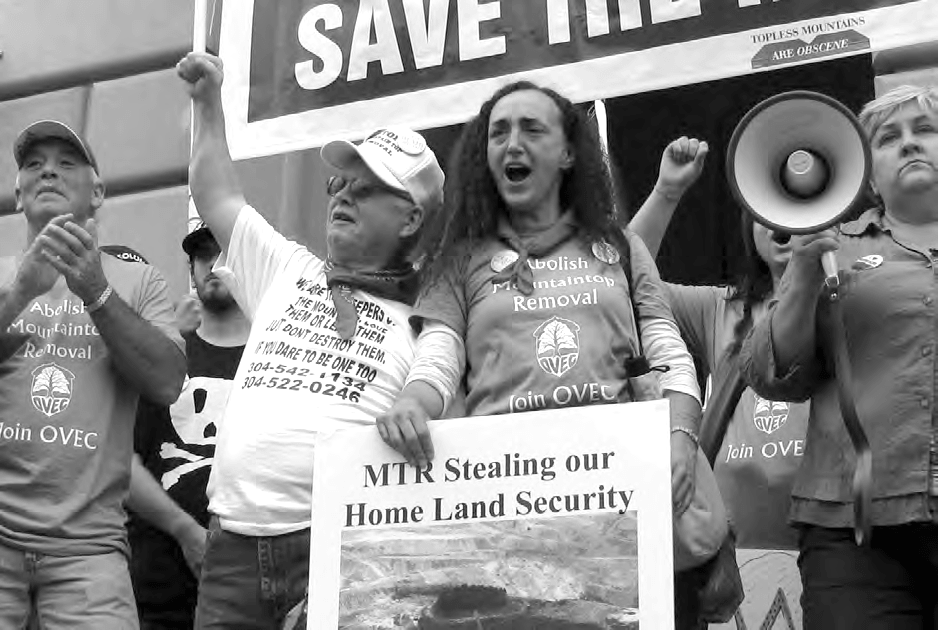

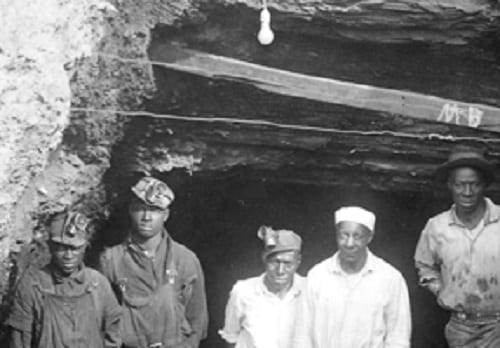

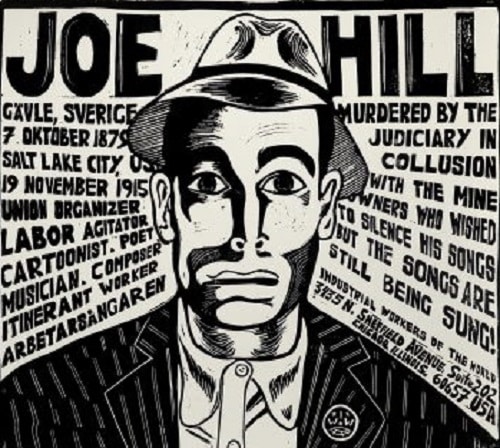
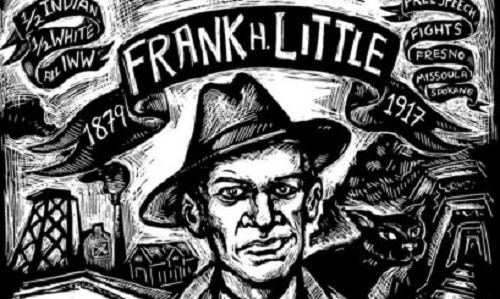
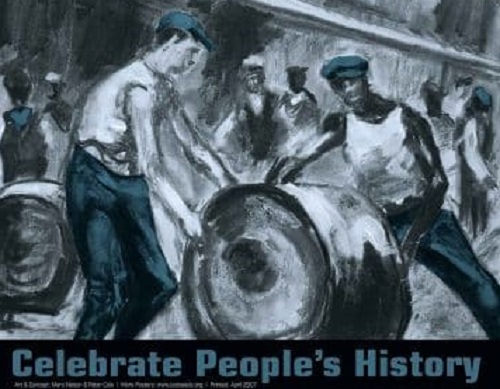
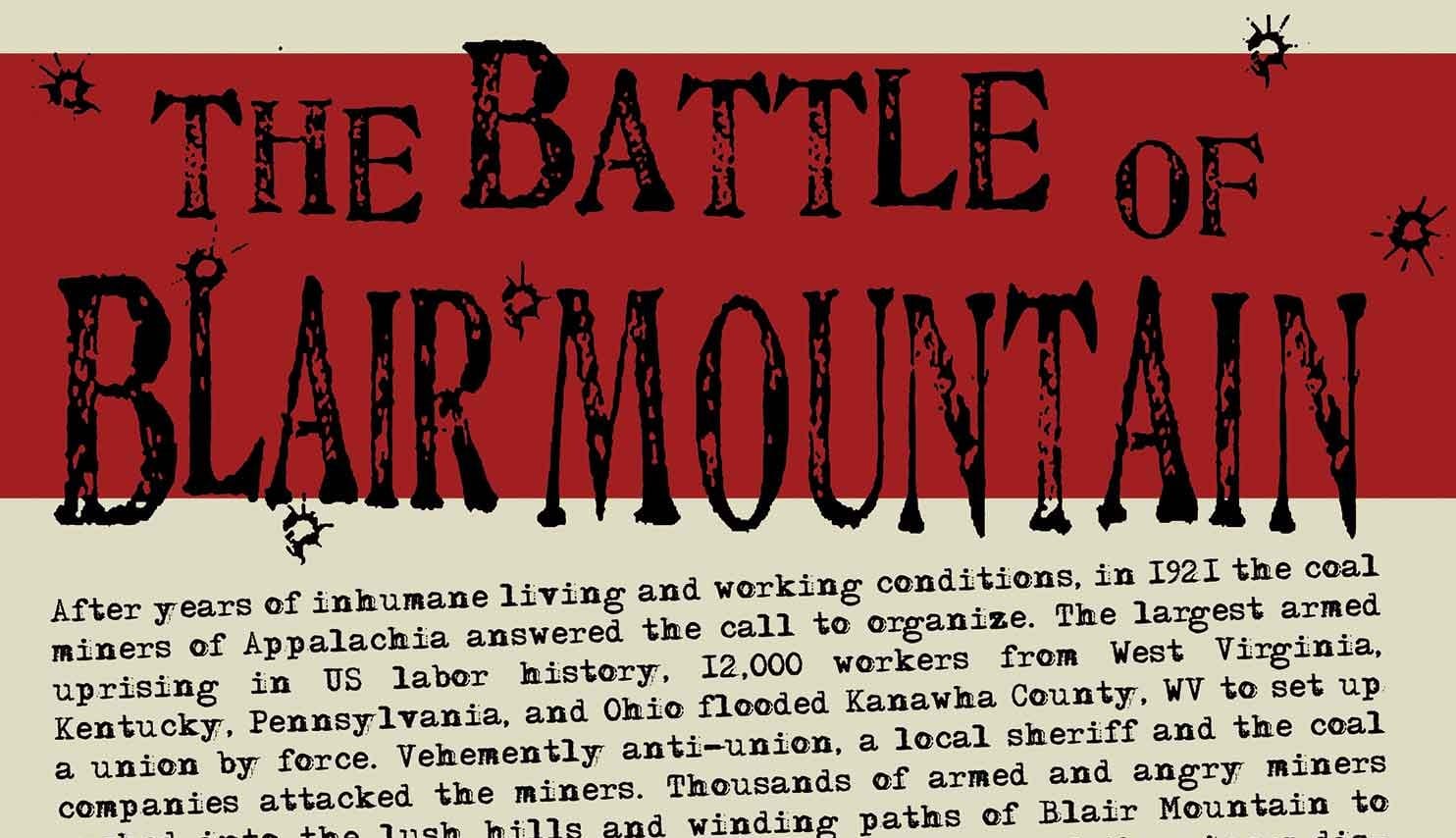
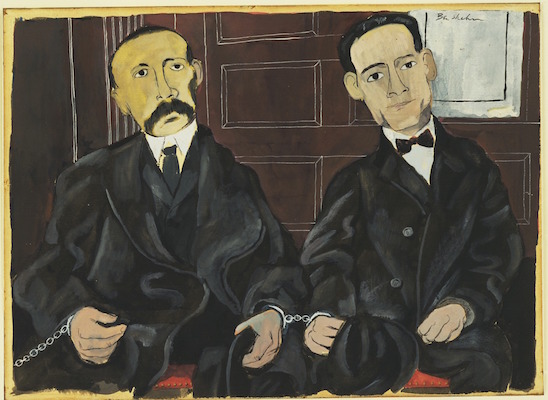





Twitter
Google plus
LinkedIn